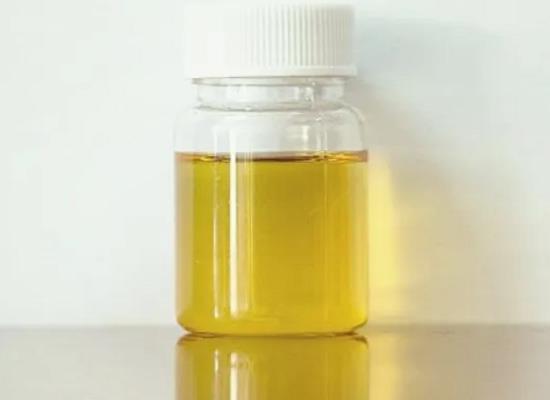Active Pharmaceutical Ingredients (API), popularly speaking, are the raw materials of medicines, only pharmaceutical raw materials are processed into pharmaceutical preparations , can they become medicines available for clinical use, so drugs we usually eat are the finished drugs through processing. Active Pharmaceutical Ingredients based on its sources can be divided into two major categories ,including chemical synthetic drugs and natural chemical drugs. Chemical synthetic drugs can be divided into organic synthetic drugs and inorganic synthetic drugs. Inorganic synthetic drugs are inorganic compounds ( very few is element), such as aluminum hydroxide, magnesium trisilicate which are used for the treatment of gastric and duodenal ulcers ; organic synthetic drugs are mainly composed of drugs made by basic organic chemical raw materials, through a series of organic chemical reactions (such as aspirin, chloramphenicol, caffeine, etc.). Natural chemical drugs ,based on its sources,can be divided into two categories including biochemical drugs and plant chemical drugs. Antibiotics are generally made by the microbial fermentation, which belongs to the biochemistry category. A variety of semi-synthetic antibiotics occurs in recent years,which are biosynthesis and chemical synthesis combining products.Among active Pharmaceutical Ingredients, the organic synthetic drugs varieties, yields and values have the largest proportion,which are the main pillars of the chemical and pharmaceutical industries. The quality of active Pharmaceutical Ingredients decides whether the formulation is good or bad , so its quality standards are very strict ,countries in the world have developed national pharmacopoeia standards and strict quality control methods for its widely used active Pharmaceutical ingredients.
Pimecrolimus: Pharmacodynamics, Mechanism of action, Absorption and Metabolism
Pimecrolimus is used to treat a skin condition called atopic dermatitis in patients with a healthy immune system that are unable to use other medications.
Feb 17,2025 APIMorpholine: Chemical Properties, Reactivity and Uses
Morpholine (tetrahydro‐1,4‐oxazine) is a clear, colorless, hygroscopic liquid with an ammonia-like odor.
Feb 14,2025 APIChlorothalonil Pesticides: Toxicity and Detection
Chlorothalonil is primarily used as a fungicide, bactericide, and nematicide, and has been reported to be effective on vegetables and fruit crops.
Feb 14,2025 APIN-Methyl-2-pyrrolidone: A Green Solvent for Coal Extraction
N-Methyl-2-pyrrolidone (NMP) is a versatile, green industrial solvent that can be used in a variety of industries and applications such as paint and coating removal, pharmaceutical solubilizer, engine
Feb 14,2025 APIUses of 2,5-Dimethyl-2,5-di(tert-butylperoxy)hexane
2,5-Dimethyl-2,5-di(tert-butylperoxy)hexane (also known as Trigonox 101) is an important bifunctional peroxide that can be used to prepare super-toughened poly(lactic acid) (PLA)/poly(ethylene-co-viny
Feb 12,2025 APIWhat are the dangers of Formaldehyde?
Formaldehyde is a flammable, colorless, volatile compound with a pungent odor.
Feb 11,2025 APIProducts and mechanisms of the reaction between 4-methyl-2-pentanone and OH free radicals
4-methyl-2-pentanone (also known as methyl isobutyl ketone (MIBK)) is an organic ketone compound that is widely found in daily foods or fruits, such as nuts, ginger, citrus and animal foods.
Feb 11,2025 APITicagrelor: Indications, Synthesis and Pharmacodynamics
Ticagrelor, the first of a new class of antiplatelet agents, is a noncompetitive, direct-acting P2Y12-receptor antagonist.
Feb 11,2025 API1,3-Propanesultone: Chemical properties, uses and carcinogenicity
1,3-Propanesultone is widely used in the preparation of different classes of surfactants; for the functionalization of dyes, polymers, nucleosides and proteins to improve their hydrophilicity; and can
Feb 10,2025 APIDiethyltoluenediamine: Uptake, Distribution, and Enhanced Properties in Polyurethaneurea and Epoxy Resins
Diethyltoluenediamine (DETDA) is a cycloethylated analog of toluenediamine (TDA) and, like TDA, consists of 2,4 and 2,6-diamine isomers.
Feb 8,2025 API












